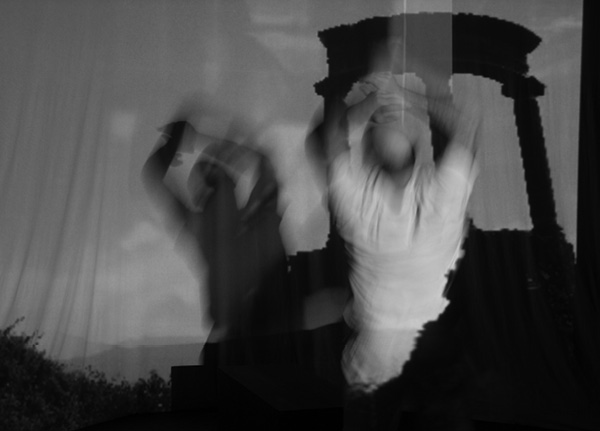
AT THE MERCY OF RUIN
first performed on
January 28, 2011
Lake Superior State University, Sault Ste. Marie, MI
performed three times in 2011
PATRICK SANTORO
Sault Ste. Marie, MI
014161724p014161724a014161724t014161724r014161724i014161724z014161724i014161724o014161724s014161724a014161724n014161724t014161724o014161724r014161724o014161724@014161724g014161724m014161724a014161724i014161724l014161724.014161724c014161724o014161724m
patriziosantoro@gmail.com
AT THE MERCY OF RUIN
PATRICK SANTORO
You. Waiting patiently. Speaking quietly. Breathing barely. You find me, unknowingly awaiting you. And you hold me, tightly in your lucid arms. And you care for me, a lover I have never known. This is where I choose to be. At last, I am home. Listening patiently. Watching quietly. Feeling always. You.
For over a decade, I have sought solace sitting among markedly empty plots of land and rusty abandoned structures. I would stare, hours upon end, into the spatial deficiency and deterioration of my surroundings, profoundly aware of their brokenness. Quite often, I found myself imagining these sites as they would have looked years prior, re-playing in my mind the gradual change in terrain from then to now. Something revelatory was occurring. Piecing together geography was like picking up loss/lost pieces of my past, and somewhere between shifting spaces and times of narrative fragments and feelings, I could see my self reflected in the land, through the eyes of an/other.
“At the Mercy of Ruin” is a multimedia solo performance illuminating the metaphoric and embodied experiences of personal loss as understood in the wake of decayed geography. Weaving autoethnography with original documentary footage and sound design, the performance is an articulation of the fluidity that exists between site and self, absence and presence, process and product, landscape and dreamscape, beauty and pain. “Mercy” illustrates how landscapes-particularly those exhibiting an aesthetic of ruin-and spectators can interact as co-performers, the latter utilizing an imaginative eye/I in accessing and assessing landscapes. Throughout the 75-minute performance, I straddle several sites-Coney Island; Centralia, Pennsylvania; Old Shawneetown, Illinois; and Pompeii-that serve as impetuses for autobiographical loss on several levels: the death of my partner, the estranged relationship with my alcoholic father, and the cultural insufficiency of my queer sexuality. In so doing, physical ruin is framed as a metaphorical mirror for human ruin-a tangible manifestation of life’s accumulated losses. While “Mercy” explores the particulars of my history, personal struggles which undoubtedly differ from the communal losses of the sites I have visited, the performance offers up the possibility of how one’s own life, one’s own losses, might live in the land.